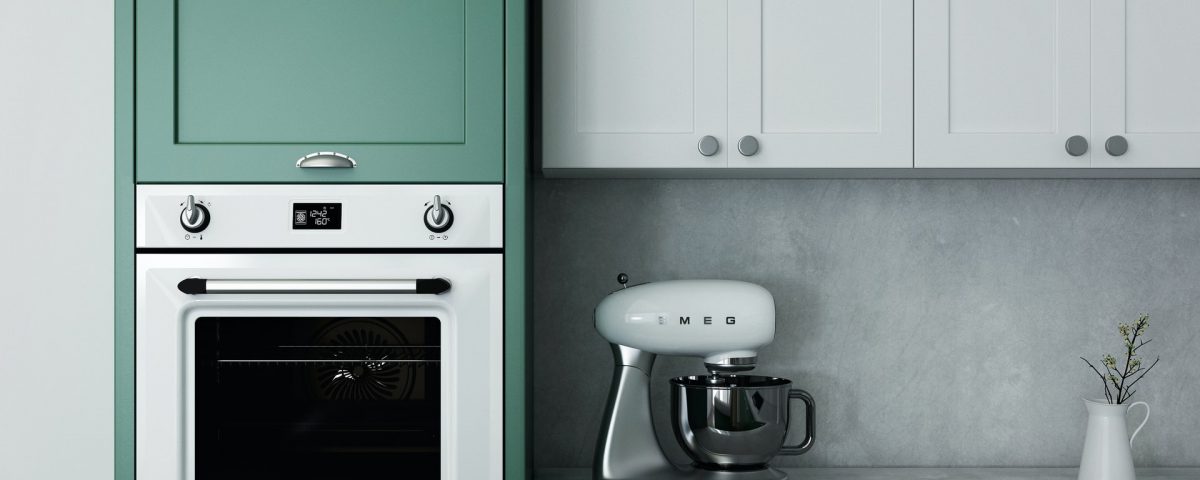- Restoring Every Detail, From Start to Finish
- (801) 263-9990
Preventing Moldy Appliances—A Guide

Tips on Protecting Your Home from Rising Groundwater
October 24, 2021
How to Eliminate Mold from Your Washing Machines
November 7, 2021Mold can appear in virtually every part of our home. As long as the conditions are met, they may spread, even when we least expect it. The thing about mold is that people think they only appear in damp, moist places, not knowing that other factors may contribute to their growth.
Even now, there may be a few of them growing indoors, hiding in plain sight, taking their time to bloom in the most unexpected places. In such a case, you may need to detect them early on so that you may be able to prevent them from multiplying. Although walls and ceilings are your usual suspects, did you know that they may also appear within your appliances?
As secure as they may be, there are times when even the most formidable and airtight electronics may become prone to these irritating fungi, much so that they may even contaminate our other amenities, much to our shock.
If you want to prevent them from manifesting within your beloved appliances, you must first identify the appliances where they usually grow. The following are just some of the most common examples.
1. In Your Water Heater
One of the most important amenities in our home is also the most prone to mold infestations. Our water heaters are usually airtight enough to prevent any entry and appearance of mold; however, there are also times when they may experience leaks due to wear and tear. If left unchecked or unattended, the leaks may sprout on the nearby surfaces, causing a viable condition for molds to develop.
The thing about molds is that they can’t just grow all by themselves. Their surroundings have to follow certain conditions for them to have the appropriate habitat. In such a case, you must act early on so that you may prevent their growth.
2. In Your AC Vents
While this may not be as common as molds developing in your water heaters, there is still a possibility for this to occur. Remember, they tend to grow in moist and damp areas, so that condition is already one of the risk factors accumulating within your AC vents.
For people who have allergies, a sudden offset of sneezes and teary eyes may be your clue that something is wrong with your AC vents. Of course, these allergy triggers are not always so straightforward; that is why hiring a professional to check your vents may also do the trick.
3. In Your Refrigerators
Another cold and moist area where molds may develop is within your refrigerators. If the insides already feel and smell musty, you may use baking soda to clean the surfaces. Also, make sure to get rid of spoiled food from time to time.
A clean surrounding is never a good place for molds to start, which is good news in itself. Routinely cleaning your refrigerators will always be one of your most trusted lifesavers.
Conclusion
Molds are some of the most harmful organisms that can grow in our homes, but that doesn’t mean that we can’t prevent them at all. Although we would regularly clean our indoor areas, we must not forget to check our appliances from time to time. Checking our water heaters, AC vents, and refrigerators will not only save us from molds in the long run, but we may also be able to prevent their growth in advance.
If you are looking for a company that offers mold removal services in Salt Lake City, UT, look no further than our expertise here at AAA Restoration Utah. We are a restoration company specializing in air duct cleaning, asbestos removal, carpet cleaning, construction, among other things. Contact us today and let us handle all your mold problems.


